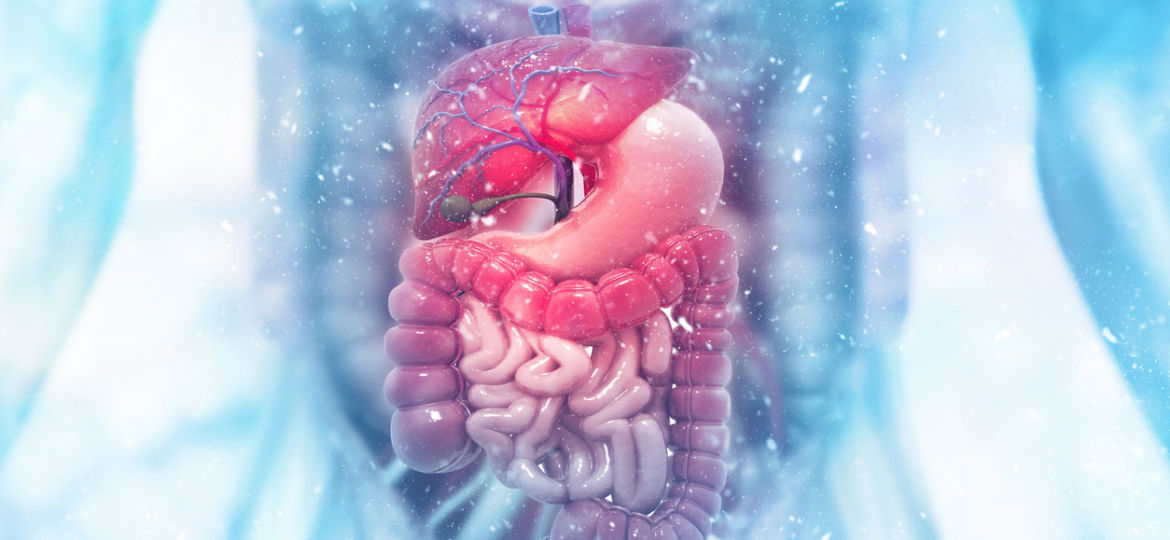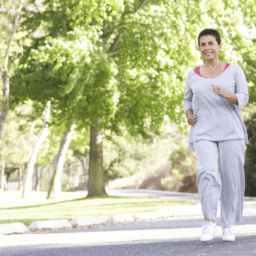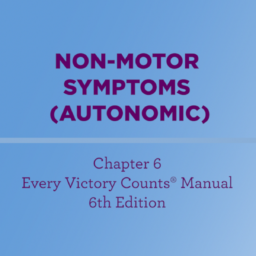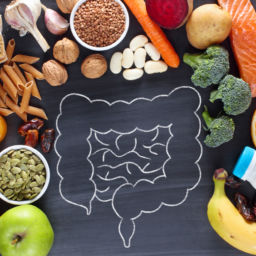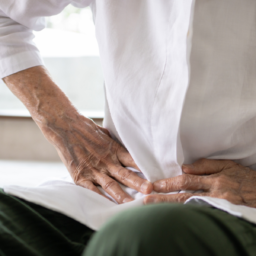Studies show that as many as 80% of people with Parkinson’s experience constipation, and it often appears years before an official Parkinson’s diagnosis. Constipation can be the result of Parkinson’s, or it can be a side effect of medication. Understanding why Parkinson’s can cause constipation is an essential step in managing it as a symptom. Here, we’ll discuss some of the science behind constipation in Parkinson’s, as well as ways to manage it.
The Science: The Autonomic Nervous System and Gastrointestinal Tract
Constipation is often caused by Parkinson’s impact on the autonomic nervous system, which regulates functions the body “automatically” does: controlling blood pressure, sweating and temperature management, digestion, and heart rate. In this case, Parkinson’s seems to slow down the movement of food through the gastrointestinal tract.
Parkinson’s lowers the level of dopamine in your body. When dopamine levels drop, the smooth muscle contractions throughout your digestive system slow down. When this happens in your colon, the stool moves very slowly, becomes dry and hard, and is more challenging to eliminate.
The Science: Medications and Constipation
Certain medications, such as pain relievers, antacids, cold medications, antidepressants, high blood pressure medications, high cholesterol medications, and cardiovascular disease medications, can make constipation worse. Many people living with Parkinson’s take medications other than those used to treat Parkinson’s; if your medication regimen includes any of these additional types of drugs, and you frequently experience constipation, talk to your doctor about possible modifications.
The Science: Fiber and Constipation
Diet can play a role in constipation, and people living with Parkinson’s who experience this symptom should pay close attention to how their food choices impact their digestion. One standard piece of nutritional advice for relieving constipation centers around fiber. How, though, does fiber help minimize constipation?
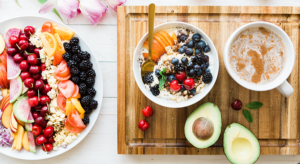
Dietary fiber—non-digestible carbohydrates found in all plant foods, including fruits, vegetables, grains, nuts, and seeds—is critical for gut health. It consists of insoluble and soluble fiber, which work together to make your stools larger, softer, and capable of passing smoothly through your bowels. Though it may seem counterintuitive, a bulkier stool is easier to pass than a smaller and watery one.
Seek out a wide variety of high-fiber foods to help you manage constipation. Many high-fiber foods, such as beans, lentils, avocados, flax seeds, celery, broccoli, turnips, pears, peas, carrots, most nuts, oats, barley, and lettuce, contain both soluble and insoluble fiber. In general, fruits tend to be higher in soluble fiber; try adding apples, oranges, dates, dried figs, and prunes to your diet to experience their power. Eating these in addition to foods high in insoluble fiber such as whole grain breads, bran, cauliflower, artichokes, and potatoes will ensure you meet your daily fiber goals.
Although there are plenty of fiber supplements on the market, Parkinson’s dietitians recommend that you get your fiber from whole foods instead. Fiber supplements typically do not provide the variety of vitamins, minerals, and other beneficial nutrients that foods do.
The Science: Water and Constipation
Let’s dig deeper into the science of soluble fiber and constipation. Soluble fiber means water soluble, which means it absorbs water as it passes through your digestive system. This helps bulk up your stool while also transforming the soluble fiber into a gel-like substance. This softens the stool and helps it move more smoothly through your bowels.
Water helps with constipation in many other ways as well. When your body isn’t properly hydrated, it will soak up the water it needs from your food waste in the large intestine. This, in turn, creates hard stools that are difficult to pass.
In general, you can aim to drink at least 64 ounces of water each day. Talk to your doctor about whether those recommendations are suitable for you.
The Science: Exercise and Constipation
A daily exercise routine is another important part of keeping your gastrointestinal tract healthy and moving. Different forms of exercise help in different ways (with constipation and living well with Parkinson’s in general!). Aerobic exercise increases your heart rate and gets your blood pumping quickly, stimulating the intestinal muscles. This can help the muscles contract, which in turn helps move stools more quickly.

Many yoga poses can help manage constipation as well. Some poses, such as downward-facing dog and cat-cow, increase blood flow to the digestive tract and, like aerobic exercise, help to stimulate intestinal contractions.
The Science: Constipation and ON-OFF Fluctuations
Constipation can play a significant role in ON-OFF times. That’s because levodopa must travel from your mouth to your stomach to your small intestine, where it is then absorbed by an amino acid active carrier system in order to make its way to your brain. There, it is metabolized to produce the dopamine that makes you feel your best. The more quickly levodopa reaches the small intestine, the faster it passes through the intestinal walls to the brain’s carrier system, and the more quickly you feel ON.
Constipation slows the movement of food through your gastrointestinal track, thereby slowing the process by which your levodopa is converted to dopamine. This is one important reason you should take action to minimize constipation. Movement disorder specialist Dr. Cherian Karunapuzha says that people with Parkinson’s will have good days and bad days based on whether or not they have emptied their bowels. “When they do, they notice an immediate difference without us even having to increase the dose of the medicine,” he says.

If lifestyle changes such as increased exercise and dietary modifications aren’t enough to manage your constipation, talk to your doctor about other treatment options to ensure your constipation is addressed so your medications can work optimally.
Take Action
Constipation may be common in Parkinson’s, but as you can see, there are numerous ways you can take action to manage and minimize it. Use this knowledge to your benefit, talk to your doctor about treatment strategies, and make daily choices to stay regular, healthy, and well.
WANT MORE PRACTICAL ARTICLES LIKE THIS?
Much more can be found in our Every Victory Counts® manual. It’s packed with up-to-date information about everything Parkinson’s, plus an expanded worksheets and resources section to help you put what you’ve learned into action. Request your free copy of the Every Victory Counts manual by clicking the button below.
Thank you to our 2021 Peak Partners, Adamas, Amneal, Kyowa Kirin, and Sunovion, for helping us make printing, distribution, and shipping of the Every Victory Counts manual possible.


